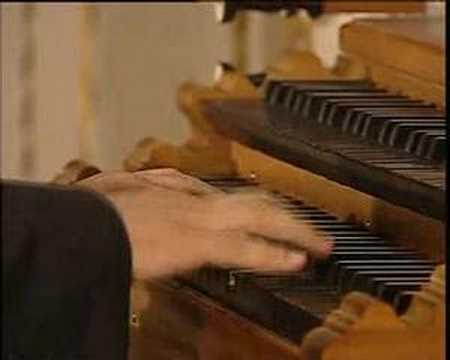I cant get over how clunky this starts out and then unfolds like a beautiful flower! Truly a force of nature.
My only objection is that the performance is overly legato, typical especially of performances of that era. The organ is not a legato instrument, it is a wind instrument, and has to breathe. Try this for the prelude and fugue:
:
WOW. What a difference in interpretation. Thanks, Dr. Farrell!
Maybe it is in the shoes (wink wink).
Actually no… it’s the change in performance standards and, frankly, the bad effects of the influence of the French symphonic-organists. Widor is usually credited (wrongly in my opinion) for that influence, but I think the real culprit was Marcel Dupre. If one reads Widor’s own introductions to Bach’s works, he certainly is a romanticist, but careful attention to what he says will indicate we was NOT a legato-pedant. In any case, I like Viccardi’s performance and interpretation of this work because he reminds me very much of my own organ teacher, Dennis Hochhalter, and even LOOKS so much like him he could be his brother.
Yes big difference, much more rhythmically consistent and disciplined. I’ve heard a few interpretations that to me are too fast and rigid as if the organist is trying to just process the music like a stream of mechanical actions, so a nice balance of artistic licence and form is my preference. This pipe organ sounds gorgeous, great recording!



